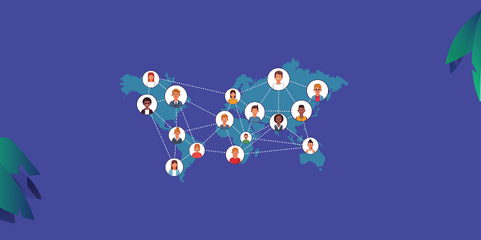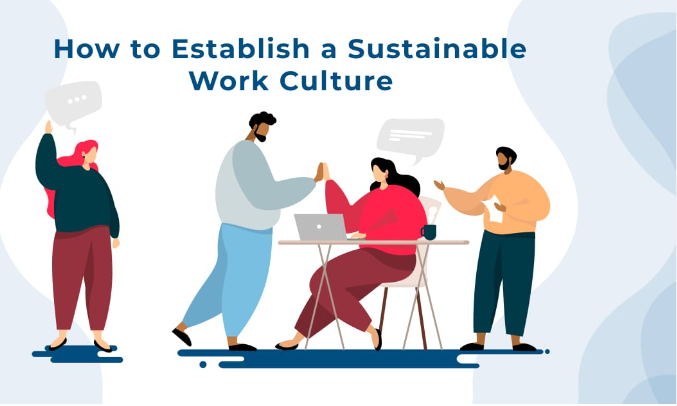Introduction:
In today’s dynamic IT industry, fostering diversity and promoting inclusivity in the hiring process are crucial for driving innovation, creativity, and organizational success. However, achieving diversity goes beyond mere representation; it requires a concerted effort to create an inclusive environment where all candidates feel valued, respected, and supported. In this blog post, we’ll explore the importance of candidate experience and diversity in IT staffing and discuss strategies for promoting inclusive hiring practices.
Importance of Candidate Experience:
Candidate experience refers to the sum of interactions that candidates have with an organization throughout the recruitment process. A positive candidate experience not only enhances employer branding but also plays a significant role in attracting top talent, improving retention rates, and fostering a positive reputation in the industry. In the competitive IT staffing landscape, providing an exceptional candidate experience is essential for attracting diverse candidates and maintaining a competitive edge.
Promoting Diversity in IT Staffing:
Diversity in the workplace encompasses differences in gender, race, ethnicity, age, sexual orientation, disability, and more. Embracing diversity not only reflects the diverse nature of society but also brings a multitude of perspectives, skills, and experiences to the table, driving innovation and problem-solving. In the IT staffing industry, promoting diversity requires proactive efforts to remove biases from the recruitment process, create inclusive job descriptions, and provide equal opportunities for all candidates.
Strategies for Promoting Inclusive Hiring:
Diverse Sourcing Channels: Expand sourcing channels to reach candidates from diverse backgrounds, including job boards focused on minority groups, diversity-focused recruitment agencies, and professional networking events.
Inclusive Job Descriptions: Use gender-neutral language and avoid biased terminology in job descriptions to attract a more diverse pool of candidates. Highlight the company’s commitment to diversity and inclusion in the job posting to signal inclusivity.
Unbiased Screening and Selection: Train recruiters and hiring managers on unconscious bias awareness and mitigation techniques to ensure fair and equitable candidate evaluation. Implement blind resume screening and structured interview processes to minimize bias in decision-making.
Diversity Partnerships: Forge partnerships with diversity-focused organizations, educational institutions, and community groups to tap into diverse talent pipelines and promote inclusive hiring practices. Participate in diversity recruitment events and career fairs to connect with underrepresented candidates.
Cultivate Inclusive Culture: Create a welcoming and inclusive workplace culture where all employees feel valued, respected, and empowered to contribute their unique perspectives. Offer diversity and inclusion training programs for employees at all levels to foster awareness and sensitivity.
Monitor and Measure Progress: Establish key performance indicators (KPIs) to track diversity metrics and monitor progress over time. Regularly review recruitment data, employee demographics, and turnover rates to identify areas for improvement and measure the effectiveness of diversity initiatives.
Conclusion:
Promoting candidate experience and diversity in IT staffing is not only a moral imperative but also a strategic advantage for organizations seeking to thrive in today’s diverse and competitive landscape. By prioritizing candidate experience, implementing inclusive hiring practices, and fostering a culture of diversity and inclusion, IT staffing companies can attract top talent, drive innovation, and build a more resilient and successful workforce.

















